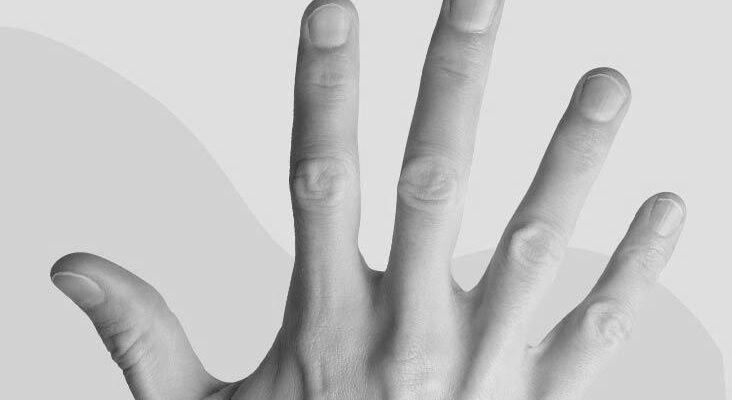Healthy Tips For Healthy Nails
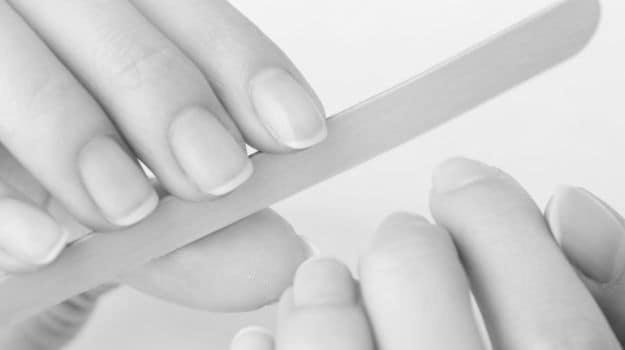
Moisturizing your nails is vitally important. If you are prone to dryness, it is vital to moisturize your nails regularly. Avoid using harsh chemicals and shampoos with acetone. Moisturizing your nails will help keep them strong and resistant to breaking. This article discusses several healthy nail care tips. Follow them regularly for great results. Keep reading to find out more. Listed below are some of the most beneficial nail care tips.
Avoiding harsh chemicals
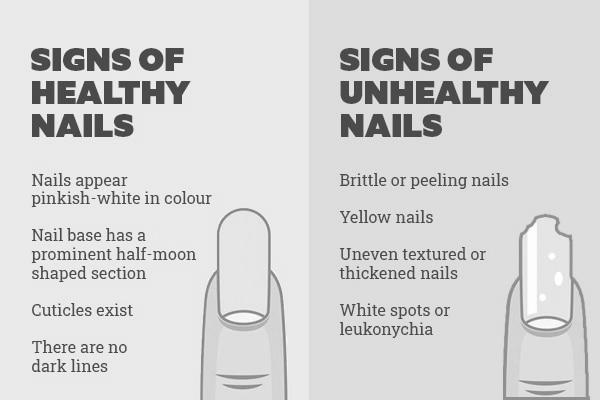
Several of these chemicals in household cleaners, which you can avoid if you want healthy nails.
Although there aren’t many reliable studies regarding phthalate toxicity in humans, research indicates that it can harm your health. It can cause nausea and irritation of the eyes and respiratory tract, among other health concerns. In rodents, phthalates with reproductive and developmental issues. Mice exposed to phthalates had smaller litter sizes and fetal birth weight.
The California Healthy Nail Salon Collaborative offers guidelines for nail salons. The guidelines outline the risks associated with overexposure, skin reactions, and hand washing. Employers must provide adequate training to their workers and post the SDS near the products. This collaborative promotes safe nail salon practices by ensuring a safe working environment. It also advocates for the use of protective gear in nail salons. They believe that healthy nails result from clean, natural nails and a healthy body.
Moisturizing
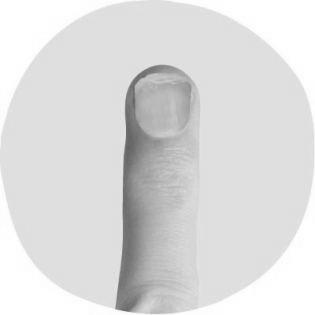
While nail polish is an excellent way to accentuate your beauty and show off your nails, you can also take extra care to keep your hands moisturized. The air in winter can be arid and stiff on the skin, and this can cause your nails to crack or peel. Using hand cream and petroleum jelly on your hands and cuticles is an excellent way to prevent this. If your hands and nails are already dry, you can even use a thick moisturizer like castor oil to keep them soft and supple. You can also use olive oil.
To protect your hands and nails from dry skin, use gloves while cleaning the house or gardening. Wearing gloves will keep your hands from getting dry, preventing your hands from becoming cracked. You can also use hand oils or creams recommended by your dermatologist. Wearing gloves will also prevent brittle nails. When doing household chores, remember to wear rubber gloves. Nails absorb up to a quarter of their weight in water, and this constant expansion and contraction can cause them to become weak.
In addition to wearing rubber gloves, moisturizing your nails is essential to keeping them strong and healthy. An excellent moisturizing product should also include biotin, a necessary vitamin for nail health. If your nails are dry, you may want to add a biotin supplement to your diet. Also, try to moisturize your cuticles as much as possible. Dry nails are more fragile and can peel, so ensuring they stay moist will help to keep them in shape.
Avoiding harsh shampoos
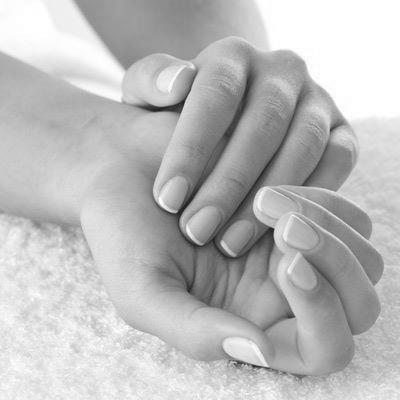
You should avoid using detergent shampoos on your nails. This type of shampoo strips the natural oils from your scalp, which dries out your nails. In addition to being harmful to your nails, detergents contain formaldehyde, a known human carcinogen. Instead of using a detergent shampoo, use a sulfate-free shampoo. This way, your nails will stay strong and lustrous.
Formaldehyde, a known carcinogen, is found in many types of shampoo. It can be absorbed through your scalp or seeps from the packaging into the air. This substance affects your health and can even cause asthma attacks. You should check your shampoo’s label for quaternion-15 or other similar ingredients to avoid it. If you see these ingredients on the label, you should skip using that particular brand.
Avoiding acetone
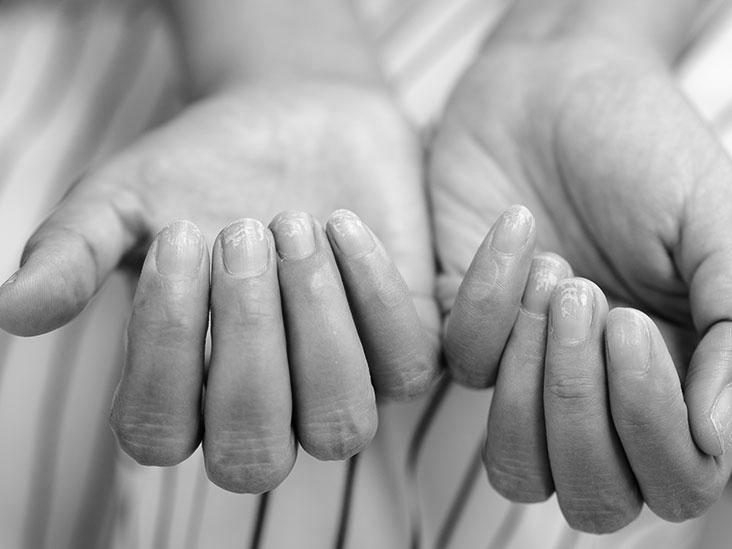
If you want healthy nails, avoiding acetone is a must. This chemical reacts with soluble organic materials, such as skin, hair, and nails, and can be used to remove stains from shoes, sanitize razor blades, and more—acetone in nature in various products, including tobacco smoke and car exhaust. Your body also produces acetone when you are in a state of ketosis, the popular diet.
In addition to avoiding acetone, you should also avoid using nail polish removers that contain it. Usually, nail salons use acetone because it works well on most types of polish, including gels and acrylics. However, you can purchase acetone-free nail polish removers containing extra hydrating ingredients, such as vitamin E. These products will quickly remove polish.
Nail polish removers containing acetone can also damage your nails. Remember to store nail polish removers away from heat and fire because nail polish remover solvents can catch fire; never keep them near a heat source. Stay informed on health and wellness news by signing up for Swirled’s daily newsletter. The Daily Fit is a free daily email that provides you with the latest health news and tips.
Avoiding sanitizers
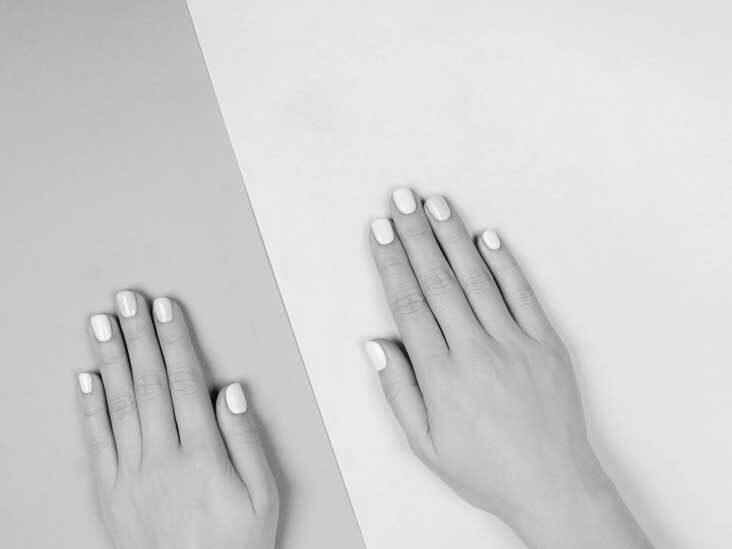
Hand sanitizers can dry out the nails, so if you want to keep them healthy, you should try to avoid using them. You can buy sanitizer wipes to help you avoid touching your nails, but if you must, try to avoid using hand sanitizer liquid. Always apply moisturizer to your hands after using hand sanitizer. It would help if you also avoided handwash, which contains alcohol that dries out your skin. Lastly, eat foods that support strong and healthy nails and avoid using handwash.
However, hand sanitizers do not just clean your hands. They have other adverse effects too. One study found that triclosan inhibits muscle contractions in mice, resulting in decreased grip strength and heart function. Furthermore, the larvae of fathead minnows cannot swim when exposed to triclosan, and they lose a lot of their movement.
Additionally, hand sanitizers contain alcohol, which can dry out your hands. Instead, wash your hands with water or soap. If you must use hand sanitizers, use soap and water instead. After using soap and water, your hands will feel much better. Remember, handwashing is still the king! If you have any doubts, don’t hesitate to consult with a doctor.
Avoiding dry skin
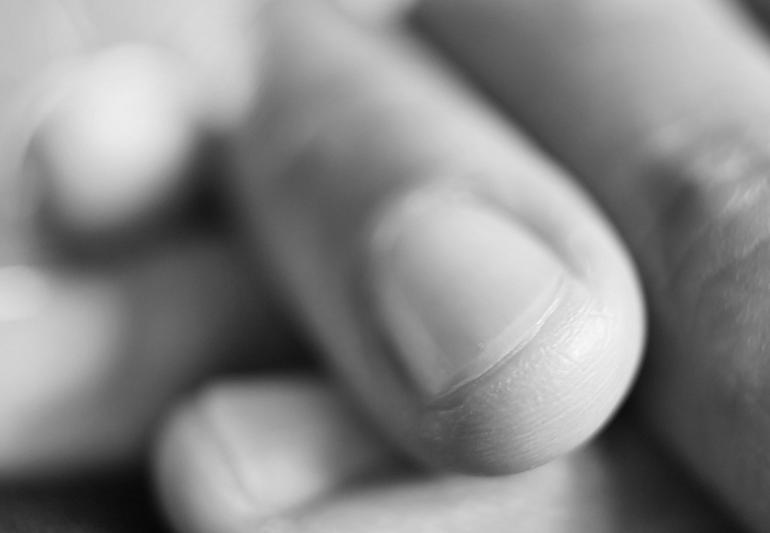
Among the most important ways to prevent dry skin around the nail bed is by moisturizing regularly. Apply lotions or oils to hydrate dry skin around the nail. Be sure to avoid over-hydrating your cuticles and the surrounding area. You should also apply moisturizer to the entire nail bed. However, if you’re sensitive to fragrances, don’t use a sweet-smelling moisturizer around your fingernails. Instead, look for alcohol-free moisturizers without a lot of perfume.
If you’re concerned about the appearance of your nails, you may want to avoid using hand sanitizers, as this can further dry your skin. Many traditional hand sanitizers contain high alcohol levels, stripping your skin’s natural barrier. It can lead to cracked skin around your nail bed, which is painful and often infected. Soak your hands in warm water for five minutes a day can repair dry skin around your fingernails and keep them looking great.
When washing your hands, try to avoid using boiling water and soap solutions. These can dry out the skin around your nails and even cause them to crack. If the skin surrounding your fingernails is dehydrated, it could also lead to fungal and bacterial infections. To avoid these complications, moisturize your skin frequently and moisturize lotion to keep the dry skin away. You can also try applying eczema cream on your hands and nails if you have eczema. Using eczema cream on dry skin can help relieve symptoms such as cracking and peeling cuticles.
Protecting cuticles
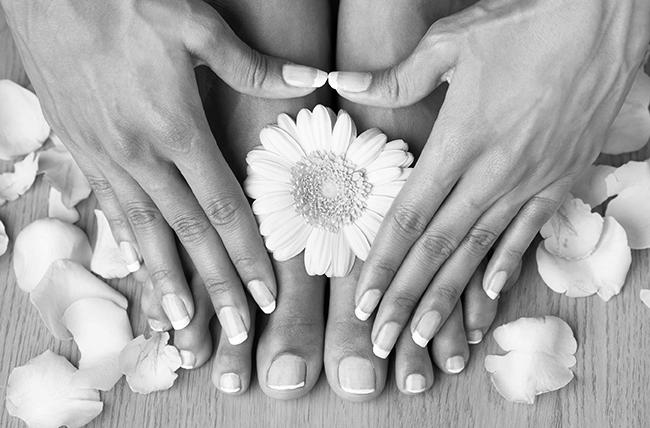
If you want to have healthy nails, protecting your cuticles is essential. The cuticles are the skin on the bottom of your fingernails. They protect your nails from germs and bacteria and make them appear longer. However, cuticles can become dry if they are not covered. A simple way to prevent dry cuticles is to soak your hands and feet in warm water for at least 10 minutes and then towel dry them. Also, apply cuticle oil. It can also help prevent fungus. You can also try using Nail & Cuticle Oil.
One of the most important tips for healthy nails is to keep the cuticle intact. Cuticles are the last line of protection against fungi and bacteria for your nails. Cutting your cuticles will expose your nails to these harmful bacteria, resulting in infection and painful tears. To prevent this, make sure you moisturize your cuticles regularly and replace your nail file.
To prevent ragged cuticles, apply hand lotion or cuticle oil. These products can help protect the new nails from breaking. It will also reduce the chance of splitting and chipping. Another healthy tip for healthy nails is to use petroleum jelly to moisturize your hands. Apply it every time your hands feel dry or itchy. You can also apply castor oil to your cuticles. Castor oil is thick and contains vitamin E. Olive oil is also helpful.
What is the Cause and Cure For Bristed Nails?
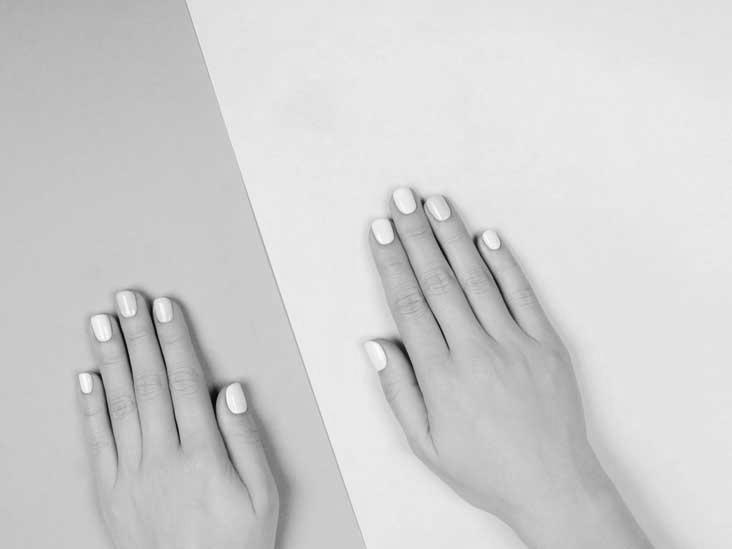
What is the cause and cure for bristled nails? This article explains the symptoms of brittle nails, outlines the causes and treatments of brittle nails, and talks about the side effects of chemotherapy. You may be wondering what to eat to avoid getting brittle nails. Well, this article can help you answer all these questions and more! So, let’s get started!
Symptoms of brittle nails
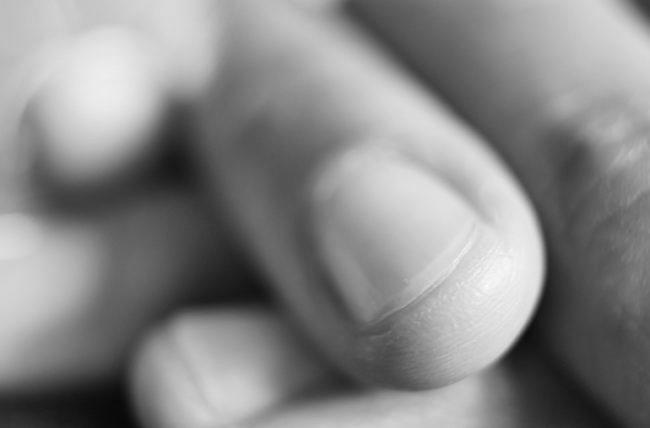
While brittle nails are a nuisance to look at, they also indicate underlying health issues. Brittle nails can vary by several factors, including aging and certain lifestyle habits. Brittle nails develop from cells in the lunula, a semicircular structure that produces keratin, which is responsible for the strength of toenails. In addition to these factors, exposure to chemicals or repeated exposure to water can also cause brittle nails.
Some people with brittle nails may be suffering from a hormone imbalance. Other factors can also contribute to the condition, including a diet low in protein. In extreme cases, pins may be discolored and show ridges on top. In milder cases, nails may peel and crack. To prevent further damage, you should treat them gently. A thorough cleaning and conditioning regimen is necessary to keep brittle nails strong.
One of the most common causes of brittle nails in women is an estrogen deficiency. To combat this problem, women should first ensure their endocrine system is in good working order. If those changes are not enough, you can consider taking pharmaceutical treatments for your brittle nails. If you do, make sure to assess the risks associated with the treatment. For women, lifestyle changes may be sufficient, and if these fail, you can consider taking medications.
If you suffer from brittle nails, you should talk to your doctor. There are many natural ways to treat brittle nails, including dietary changes and exercise. To keep nails from splitting and breaking, try taking supplements rich in biotin. If you have tried these, you should see if they are effective. You may also wish to consult a naturopath if you think it could help you.
Often, the symptoms of brittle nails may signify another underlying health issue, such as hypothyroidism. A blood test will identify if you are hypothyroid. If you suspect hypothyroidism, talk to your primary care physician. You may also experience poor circulation, leading to brittle nails. Poor circulation can lead to numbness and constant coldness in your extremities. Also, nails require adequate moisture and natural oils to maintain their strength. Extreme environments can cause them to become dry and brittle.
While there are many different causes of brittle nails, the most common cause in women and men is hormonal imbalance. Other causes include anemia, malnutrition, and thyroid conditions. Your chances of developing brittle nails depend on several factors. The following information will help you decide on the best treatment for your specific case. Take note that some medicines may have side effects. However, they offer an alternative solution that will address your particular health condition.
Iron-rich foods
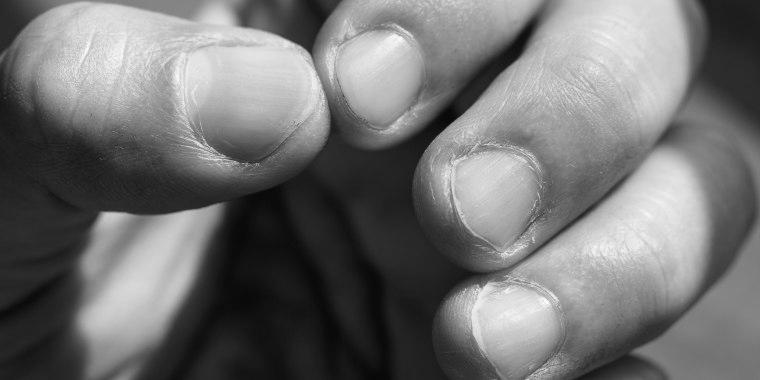
While brittle nails may not be a significant cause for concern, many people do experience a lack of iron in their bodies. It can lead to anemia, a problem where the body lacks enough hemoglobin. Symptoms of anemia include fatigue and spoon-shaped nails. While there is no cure for brittle nails, iron-rich foods can help. Iron-rich foods include lean meats, spinach, raisins, and beans.
Eating more iron-rich foods is also essential to prevent brittle nails. Egg yolks contain biotin, which helps strengthen the protein layers beneath the skin’s surface. Lack of biotin can cause ridges on nails, which are typical signs of aging but not a cause for concern. In addition to iron, a diet rich in biotin will also help brittle nails.
Fruits and vegetables are typically poor sources of iron, but nuts and seeds are good sources. Lentils, peas, and chickpeas contain decent amounts of iron, and sesame seeds and flaxseeds have high stakes. Nuts and seeds are rich in vitamins A and C, calcium, magnesium, and various phytosterols. Almonds and peanuts have a high amount of iron and are an excellent choice for a healthy diet.
Sunflower seeds, almonds, and spinach are rich sources of magnesium and protein and are beneficial for strengthening brittle nails. Especially if you have vertical ridges on your nails, sunflower seeds are good for weak nails. Sunflower seeds also contain trace minerals necessary for the synthesis and production of connective tissues in your body—a good source of Vitamin C for strengthening and thickening your nails.
There is no single cause for brittle nails, and there is no single cure for this condition. If your nails are brittle, your doctor will most likely prescribe supplements or an iron-rich diet to strengthen your nails. It is also good to keep your nails moist and file them regularly. Vitamin supplements are also an option to correct a deficiency in the body.
If you’re lacking silica in your diet, consider increasing your intake of silicon-rich food. Silicon is a vital component of the nails and in the highest concentrations in connective tissue. Foods rich in zinc contain a healthy amount of silicon. To get a healthy supply of this vitamin, eat foods rich in whole grains and legumes. Several studies have indicated that eating high in iron-rich foods can help prevent brittle nails.
If your diet lacks folate, your nails will be brittle and rigid. Vitamin C is crucial in the formation of collagen, which gives shape to many tissues, including skin and nails. Deficiencies in vitamin C lead to brittle nails and slowed nail growth. Vitamin C is an essential nutrient that the body cannot manufacture, so you should be getting plenty of it in your diet.
Side effects of chemotherapy
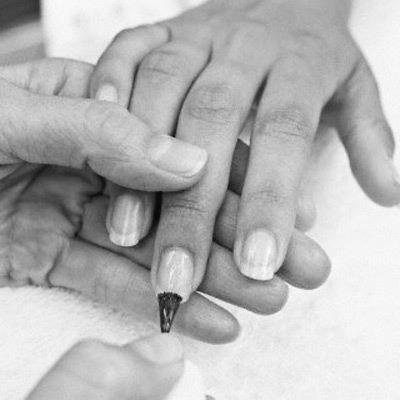
One of the side effects of chemotherapy for brittle nails is nail change. This change is usually temporary. Chemotherapy for cancer damages the nail’s matrix, causing abnormal nail growth. These changes may include Beau’s lines or shedding of the nails. It’s likely to result from a reduction in the number of new nail cells. Often, chemotherapy for cancer patients will experience these changes after several rounds of treatment.
Another side effect of chemotherapy for brittle nails is the risk of infection. As the pins are protective barriers against foreign bodies, they may interfere with the drugs. Chemotherapy also weakens the immune system, making it more susceptible to infections. Therefore, people undergoing chemotherapy for cancer should keep their nails short and use protective gloves when cleaning their hands and feet. Furthermore, they should not pick or bite their cuticles and avoid professional manicures.
As chemotherapy for cancer causes white blood cell loss, it can also affect the nails. However, this is a side effect of several treatments, including taxanes. These drugs treat breast, prostate, and lung cancer. However, they can also cause nail changes. Those with brittle nails may need to apply a particular hydrating solution to the nails before chemotherapy.
In addition to these side effects, targeted therapies for brittle nails can also cause damage to the folds and matrix of the nail. The folds of the pins are commonly affected during targeted therapies, while mTOR inhibitors are less likely to cause these side effects. Therefore, clinicians must be aware of the distinction between chemotherapy and targeted therapies. The side effects of targeted therapies and chemotherapy for brittle nails can overlap, and patients may receive both types of therapy.
Another possible side effect of chemotherapy for brittle nails is decreased platelets in the body. As a result, patients may become bruised more easily. They may also suffer from nosebleeds or gum bleeding. It can also lead to brittle nails. For some patients, these side effects may not last as long as those caused by chemotherapy for brittle nails. However, if the treatment does, the nails will return to normal.
While chemotherapy for brittle nails can lead to a dry, itchy, and cracked nail surface, specific treatments can also ease the pain associated with chemotherapy. Some patients can self-manage the side effects of chemo by using cream or oatmeal body wash. Other therapies include wearing loose-fitting clothing, avoiding soaking in water, and fragrance-free laundry detergent.
